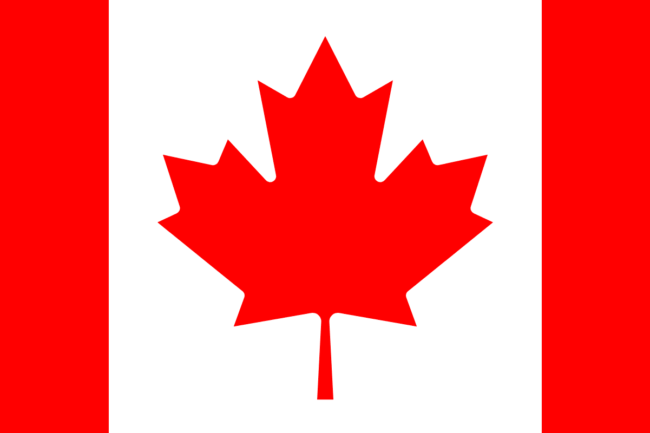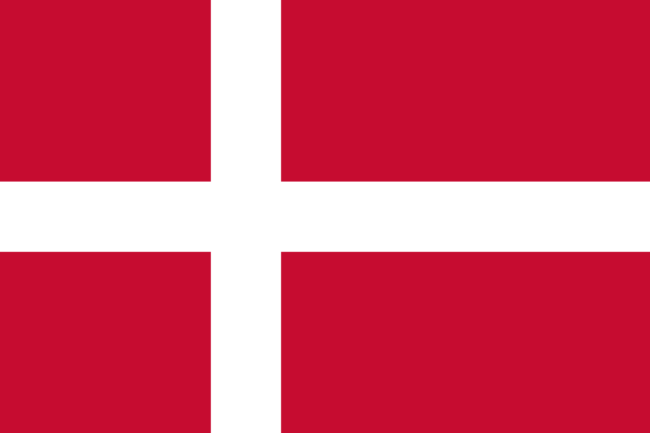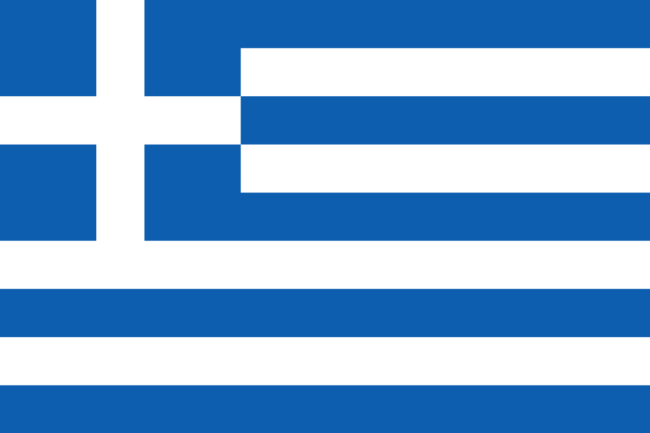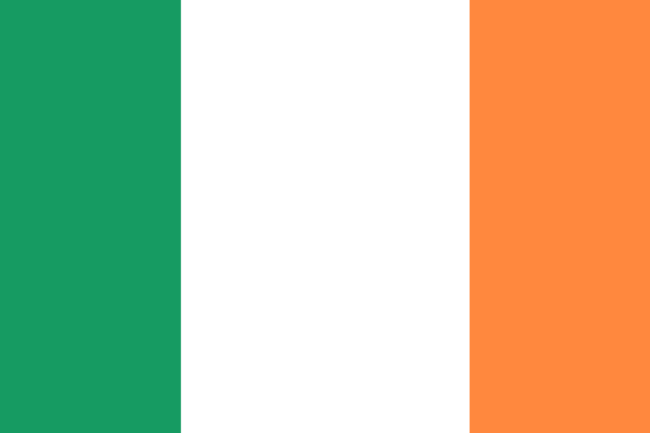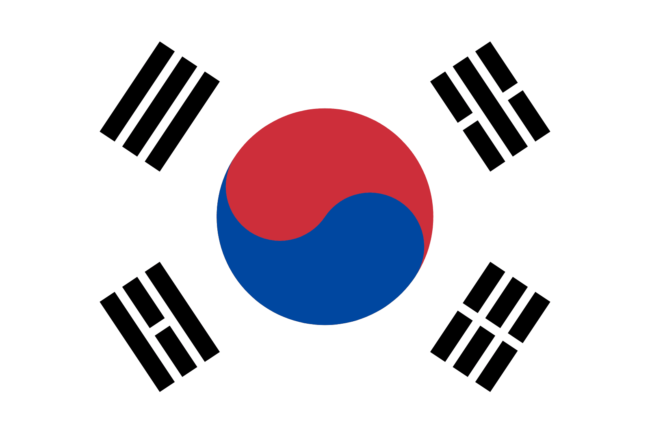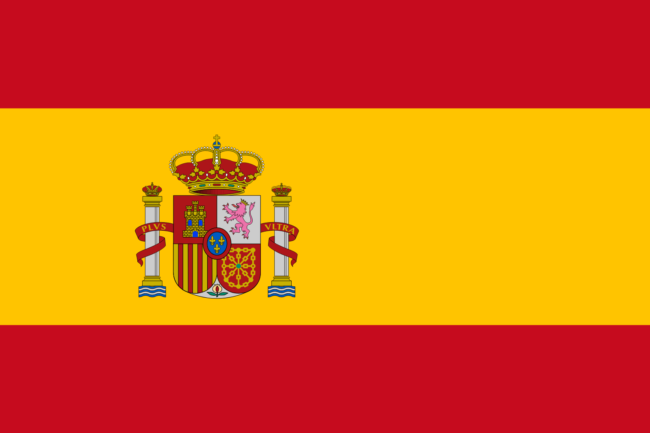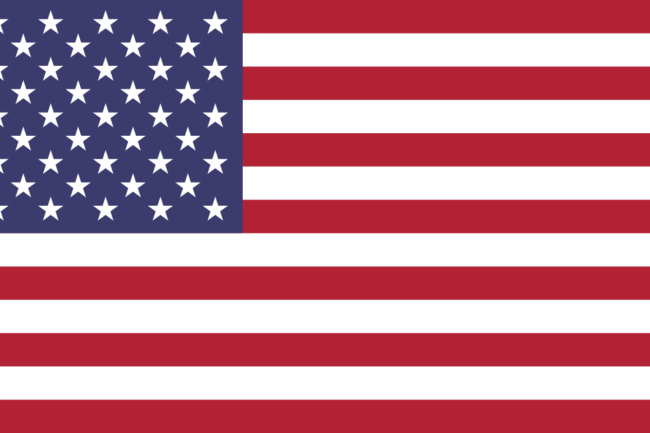Task 41: Distributed Wind
IEA Wind Task 41 is an international group of researchers from numerous member countries and associations dedicated to advancing wind technology as a cost-effective and reliable distributed energy resource.
Our objectives are to:
- Coordinate international distributed wind energy research
- Facilitate collaboration on priority research topics
- Increase the visibility of wind technology as a distributed energy resource.
What Is Distributed Wind?
Wind technology, of any size, can be a distributed energy resource. Distributed wind systems are often used to generate electricity for remote communities or offset a portion of energy costs for grid-connected customers. As a result, distributed wind systems can be part of an isolated grid or a grid-connected microgrid, or they can be connected at the distribution voltage level of a grid system either behind the meter for self-consumption or on the distribution grid to serve local loads.
In this video, International Energy Agency Task 41 members Ian Baring-Gould (National Renewable Energy Laboratory, USA) and Mark Runacres (University of Brussels, Belgium) explain distributed wind energy’s benefits and important role in the future development of renewable energy. The National Renewable Energy Laboratory produced this video with funding from the U.S. Department of Energy.
Task 41 Participation
Who Can Participate in Task 41?
The participating member country of the IEA Wind Technology Collaboration Programme must designate a lead institution that agrees to the obligations of Task participation (i.e., agree to perform specified parts of the IEA Task 41 Work Plan). The United States is covering the annual fee but requires a completed participation form.
Active researchers (performing part of the Work Plan) benefit from meetings and professional exchange during the term of the Task.
Countries participating in the Task benefit from the information developed by the Task. The value of the research performed is many times the cost of the country participation fee or the labor contributed to carrying out the Work Plan.
If you have questions, please contact the Operating Agents listed below.
Task 41 Operating Agents

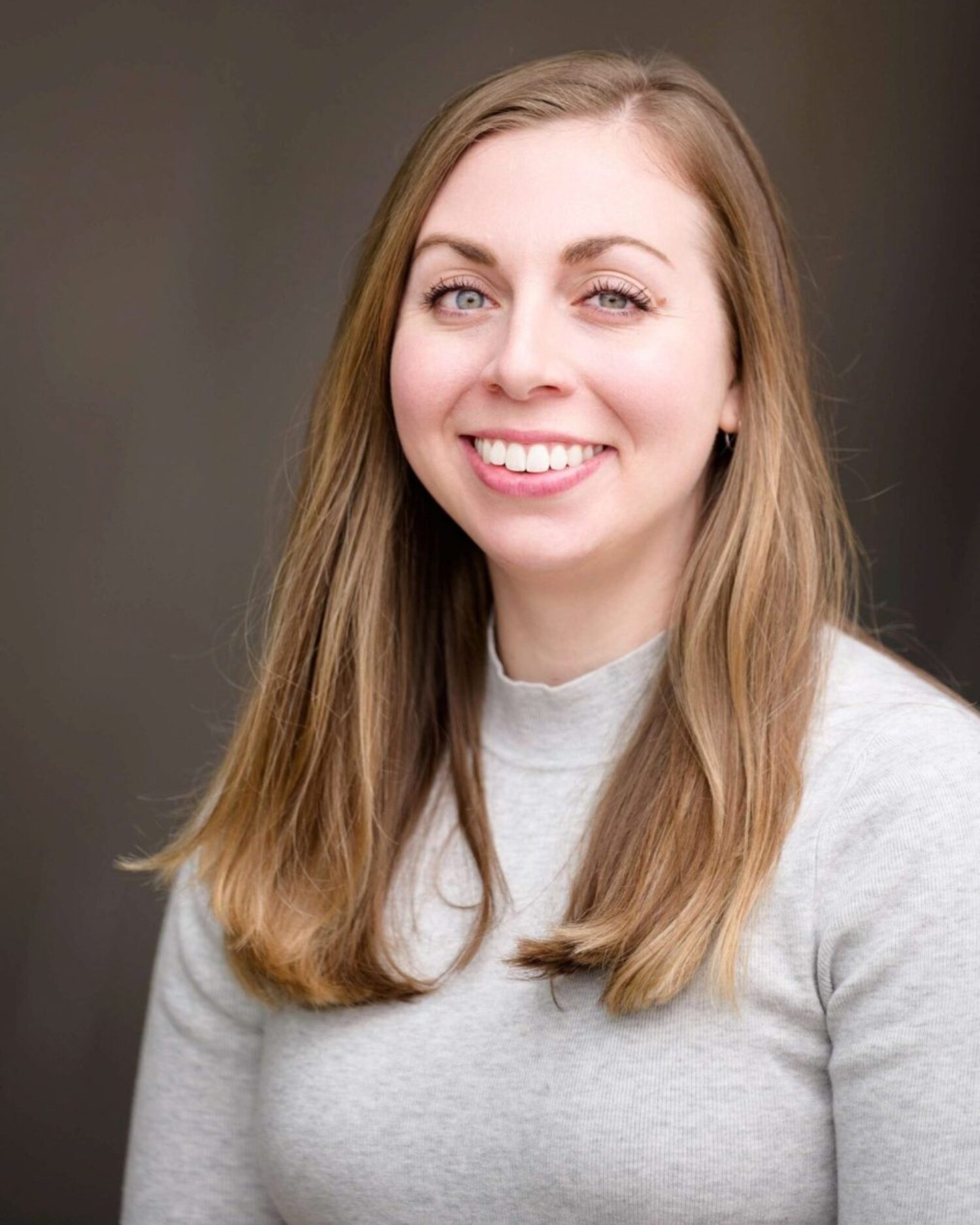
Frequently Asked Questions
Get answers to questions about distributed wind.
What is distributed wind?
There are no internationally recognized or standardized definitions for distributed wind. IEA Task 41 defines distributed wind as wind turbines connected at a distribution voltage (nominally 70 kV and below) in a behind-the-meter or in-front-of-the-meter application, or off-grid.
Small wind, most typically defined as wind turbines up to 100 kW in nameplate capacity, is one segment of the distributed wind market. Rather than nameplate capacity, small wind can also be defined by rotor swept area, with 200 m2 being the size limit recognized by international small wind standards.
Can wind turbines be installed with other distributed energy resources (DERs)?
Yes. Wind turbines can be deployed by themselves or in combination with other DERs, such as solar PV, battery or energy storage, or backup or baseload generators. DERs in combination can be a hybrid power plant or part of a hybrid power system such as a microgrid.
What are distributed wind hybrid power plants?
Distributed wind hybrid power plants can generally be categorized based on their operational and locational characteristics. Distributed wind hybrids can simply be co-located resources sharing a location, dispersed resources that are operated together as a virtual power plant, or resources that are both co-located and co-operated with shared components and control strategies.
Co-located and co-operated energy resources are what most typically come to mind when one is asked to define a hybrid power plant. A distributed wind hybrid power plant is wind in combination with another or multiple technologies that are co-located and controlled by an owner/operator behind a point of interconnection on a distribution grid and offered to the market or system operator as a single resource at that point of interconnection.
What are microgrids?
A microgrid is a group of interconnected loads and distributed energy resources within defined electrical boundaries that can be disconnected from a larger grid and operate autonomously (i.e., “islanded” mode).
What are isolated grids?
An isolated grid is not connected to a larger grid system. Examples include remote villages in the State of Alaska and Korean island communities with their own power systems.
What is a behind-the-meter distributed wind installation?
A distributed wind installation is considered to be “behind-the-meter” if the wind turbine is always connected to the local distribution grid behind the customer’s utility meter. Behind-the-meter applications typically meet on-site load and may provide excess generation to the distribution grid through net metering, feed-in-tariffs, or other billing mechanisms.
What is a front-of-the-meter distributed wind installation?
A wind turbine connected to a distribution grid as a generating resource is considered a front-of-the-meter installation. In this type of application, the turbine serves as a general power supply for interconnected local loads on the same distribution system.
What is an off-grid distributed wind installation?
A wind turbine that is not connected to the local distribution grid and serves as a distributed energy source for on-site energy needs in a remote location is considered an off-grid installation.
Off-grid distributed wind is typically deployed with a battery or other forms of energy storage because the wind turbine is not connected to a local grid that could provide backup energy or a sink for excess energy. An off-grid wind turbine can also be deployed with solar PV or another DER.
What are typical conditions for a behind-the-meter small wind turbine installation?
- You live on at least 4840 square meters (1 acre) of land free of obstacles such as trees and buildings in an area with average annual wind speeds of at least 4.5 meters per second (10 miles per hour).
- The cost of the generated wind energy would be cost-competitive with your local retail electrical rate.
- The utility’s requirements for connecting your system to its grid are not prohibitively expensive.
- Local building codes and ordinances allow you to erect a wind turbine on your property without undue burden.
- You are comfortable with long-term investments.
What is the current market potential for DERs across the globe?
There have been significant cost reductions in distributed energy resources such as solar PV and energy storage, but limited cost reductions for turbine technologies less than 1 MW in size used in distributed and remote applications. The global market potential for DERs is nevertheless strong, particularly as grids evolve and the need for low-cost clean energy expands. Especially in areas of the world with weak transmission networks, DERs offer the potential to expand grid diversity and resiliency.
How can I become involved in Task 41?
Researchers from the distributed wind community and beyond are encouraged to join the international effort to collaborate on priority research topics and enhance our current understanding of wind technology as a distributed energy resource. Interested parties are welcome to see the “Participation” tab for more information on how to get involved.
Can I put a wind turbine on my roof?
This is not considered a best practice. While there have been instances of wind turbines mounted on rooftops, it should be noted that all wind turbines vibrate and transmit the vibration to the structure on which they are mounted. This can lead to sound problems within the building. Also, the wind resource on the rooftop is in an area of increased turbulence, which can shorten the life of the turbine and reduce energy production. Additional costs related to mitigating these concerns, combined with the fact that they produce less power, make rooftop-mounted wind turbines less cost-effective than small wind turbines that are installed on a tower connected to the ground.
What equipment does a small wind installation typically include?
All wind systems consist of a wind turbine, a tower, wiring, and the “balance of system” components: controllers, inverters, and/or batteries. Hybrid systems use additional equipment, like photovoltaic panels and diesel generators to ensure electricity is available at all times. We strongly recommend that consumers purchase turbines that have been certified for safety, performance, and reliability to standards.
What are the priority research areas Task 41 has identified in advancing wind technology as a cost-effective and reliable distributed energy resource?
Some of Task 41’s research priorities include: improving international and domestic standards for distributed wind turbines (specifically IEC 61400-2, the Small Wind Turbine standard), developing an information-sharing catalog for distributed wind datasets, expanding the integration of distributed wind into evolving electricity systems, expanding engagement with other DER industries to better understand the role of distributed wind in areas such as energy access, system resiliency, and community power, and applying utility-scale innovations in lifecycle cost reductions and performance to small and mid-sized turbines.
IEA Task 41 Operating Agent Danielle Preziuso
Pacific Northwest National Laboratory
902 Battelle Boulevard
P.O. Box 999
Richland, WA 99352
United States
Phone: +1-509-372-6085
9 a.m.–5 p.m. Pacific Time
Email: danielle.preziuso@pnnl.gov
IEA Task 41 Operating Agent Ian Baring-Gould
National Renewable Energy Laboratory
15013 Denver W Pkwy
Golden, CO 80401
United States
Phone: +1-720-244-1444
9 a.m.-5 p.m. Mountain Time
Email ian.baring-gould@nrel.gov



